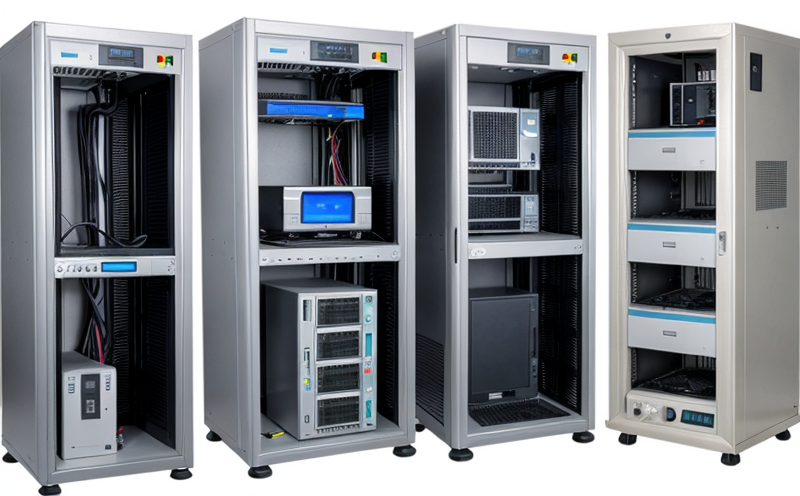ISO 9241 Ergonomic Testing for Visual Display Terminals
The ISO 9241 standard is a cornerstone of ergonomic design in visual display terminals (VDTs). It aims to ensure that user interfaces are designed with the well-being and comfort of users in mind. This service focuses on testing compliance with these standards, which are crucial for maintaining high levels of productivity and reducing stress among users.
Our team specializes in conducting ISO 9241 ergonomic tests, ensuring that IT and telecom equipment meet the highest international safety and ergonomics benchmarks. Through rigorous testing processes, we help manufacturers identify potential issues early on, thus improving product quality before it reaches the market.
The testing process involves several key steps:
- Initial setup of the VDT in a controlled environment to simulate real-world conditions
- Measurement and analysis of display characteristics such as brightness, contrast, and resolution
- Evaluation of keyboard layout and positioning for optimal user comfort
- Assessment of screen size and viewing angle to ensure proper ergonomics
The primary goal is to evaluate how well the equipment promotes good posture, minimizes eye strain, reduces repetitive motion injuries, and enhances overall user experience. By adhering strictly to ISO 9241 guidelines, we can provide comprehensive testing that ensures compliance with these internationally recognized standards.
Our experts use state-of-the-art technology to conduct these tests accurately. This includes specialized software for measuring display parameters and ergonomic analysis tools that simulate various user interactions. The results of our testing are detailed reports that provide actionable insights into any areas where improvements can be made.
Compliance with ISO 9241 is not just about meeting legal requirements; it's also about delivering products that are user-friendly, efficient, and safe. By investing in thorough ergonomic testing, manufacturers ensure they are providing the best possible experience for their customers while maintaining a competitive edge in today’s market.
We pride ourselves on our ability to offer unbiased recommendations based on our findings during these tests. Our team works closely with clients throughout the entire process—from initial consultation through final report delivery—to ensure that every aspect of the testing aligns perfectly with both client needs and ISO 9241 requirements.
Applied Standards
The standards applied in our ISO 9241 ergonomic testing for visual display terminals are crucial for ensuring that all equipment meets the highest levels of safety and ergonomics. These include:
- ISO 9241-100: General principles for human-centered design in IT systems.
- ISO 9241-300: Ergonomic requirements for office work with visual display terminals (VDTs).
In addition to these core standards, we also follow guidelines from other relevant international organizations such as ASTM and IEC when necessary. Our comprehensive approach ensures that every test conducted adheres strictly to the latest best practices.
Industry Applications
Ergonomic testing is particularly important for industries where prolonged use of visual display terminals (VDTs) is common. This includes:
- Telecommunications: Ensuring that mobile devices and network equipment are comfortable to operate over extended periods.
- IT Services: Designing data centers and server rooms with ergonomics in mind, especially for personnel who spend long hours working at VDTs.
In these sectors, the comfort of users directly impacts productivity and job satisfaction. By adhering to ISO 9241 standards, companies can ensure that their products are not only functional but also user-friendly, leading to better performance in demanding environments.
Environmental and Sustainability Contributions
Ergonomic testing contributes significantly to environmental sustainability by promoting efficient use of resources. By reducing ergonomic stress on users, we help prevent health issues that could lead to increased sick leave or higher healthcare costs for employers.
- Reduced Energy Consumption: Ergonomically optimized equipment requires less physical effort from the user, potentially leading to reduced energy consumption over time.
- Prolonged Equipment Lifespan: When users are comfortable and do not experience strain, there is a lower likelihood of premature failure due to misuse or overuse.
Moreover, by minimizing user discomfort, ergonomic testing helps create healthier work environments, which can positively influence employee morale and retention rates. This holistic approach aligns with broader sustainability goals within organizations.





